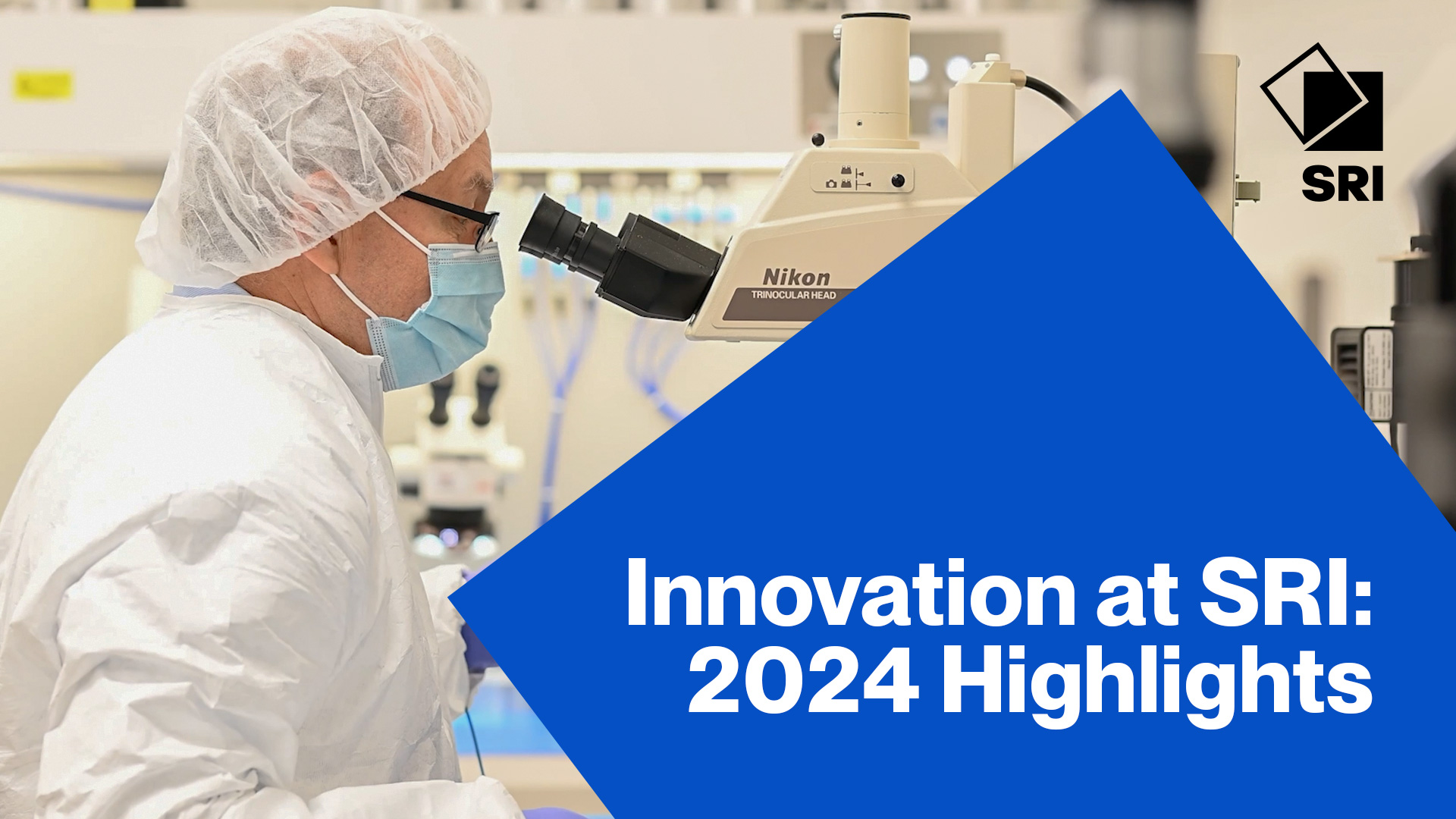Citation
Daniel, J. H. Printed electronics: technologies, challenges and applications. International Workshop on Flexible and Printed Electronics (IWFPE 10); 2010 September 8-10; Muju Resort, Korea.
Abstract
Printed electronics may enable new markets for large-area, flexible or low-cost disposable devices. Using printing to fabricate electronic devices promises lower manufacturing costs because of the additive, non-vacuum nature of the technology and the advantage of roll-to-roll or large-area processes. Moreover, printing can have processing advantages as in the case of contact-less printing onto fragile substrates. The portfolio of fabrication technologies for printed electronics is steadily expanding and this seminar will give an overview of conventional and of novel printing approaches. Materials development plays a central role in printed electronics and recently, significant progress has been made with regards to materials performance. However, many challenges still remain in terms of process integration, manufacturability or stability. Here, some of the current challenges and issues will be highlighted. In the past, much of the research and development for printed electronics has focused on displays. Recently, the focus has slightly shifted towards sensors, e.g. for medical applications, and integrated electronic circuits. Also printed photovoltaics and printed lighting is finding strong interest. In spite of the apparent advantages of printing, other technologies such as vacuum deposition, photolithography and pick-and-place technology are still challenging printed electronics. Applications of printed electronics and of competing technologies will be reviewed. The goal of this seminar is to provide an introduction to printed electronics and to stimulate a lively discussion in the audience.


